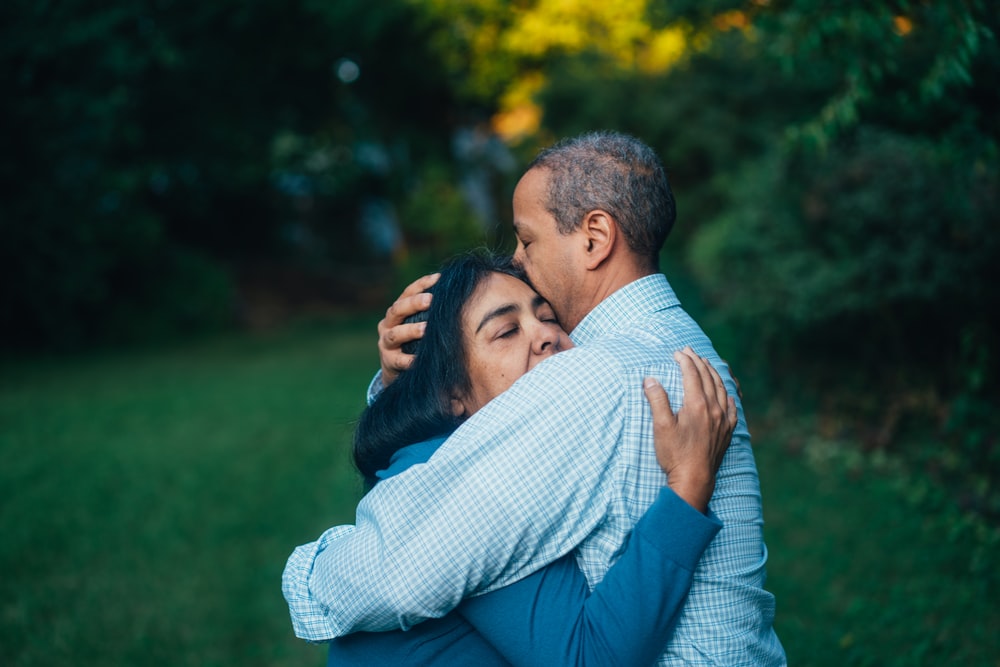When I meet my clients in the therapy room, I notice the more time I spend with them the funnier they allow themselves to be in my presence. On our first meeting, I generally meet nervous people on the couch or through the screen. They are often afraid of meeting judgment. Most likely because they have met it before. The more comfortable they become with my presence, just like any relationship I begin to see them for who they are. And slowly, the humour, mostly dark, self-deprecating, sarcastic and satirical, start taking baby steps and peeking out from behind the curtains.
At first, the humour almost slips out unintentionally, and there is a gasp and an almost immediate widening of their eyes in horror and the hand is slapped over their mouth, as they await my response. They have already begun to apologize for their “inappropriateness”, but in most cases, when it is genuinely funny, they find me laughing too, humouring their humour.
Humour is one of the most important aspects in my therapy room. From popular memes to my personal experience as a client, I have seen humour being chided and seen as a sign of abnormality in the room. The running joke is that “I laugh about my traumatic reality, and my therapist is furiously noting down, with looks that probably match that of concern”. I too have been on the receiving end of the cold wave of an unsmiling therapist to my inappropriate giggles and I felt shamed and judged by a person who I was entrusting my vulnerability with.
I do not agree with this response. I believe when humour is in the room it can be laughed at and acknowledged for all its comic beauty. I have come to realize that humour is all someone may have to keep themselves going. It is the way they have achieved some form of acceptance from others as well as themselves. Humour has been their means of coping through unspeakable pain. The darker the humour, quite possibly, darker the experiences.
When someone comes into the room with a joke on their lips, I laugh. I laugh because I am with them.
It can tell me that they are in a good mood, like a little buoyant sun. Their week has gone well. Their crush has said Yes! They felt successful at something. Life is working!
On days when there is darkness, I laugh or at least snort at their darkest of dark, satirical jokes because I know that it’s also them saying, ‘Hey, this is the only way I know how to show you my pain’, ‘it’s the only way I know how to sit with my harsh reality’,’ ‘It’s the only time I don’t entirely hate myself’, ‘It’s the only way I can talk about sad, scary, big things that have happened and about parts of myself that scare the sh*t out of me’. I will laugh with them. I will not shame them as they figure out whether this dark part of them is accepted by me.
We laugh heartily until we gradually stop to clutch our stomachs and take a breath, and then there it is, that moment of truth. They say, “God, that’s really sad isn’t it?!” We stop laughing, our eyes meet and we take a laboured breath together. I say with gentleness, “Yeah, that is sad, and painful…”. We meet reality as is. The jester has left. The wounded warrior has arrived.
As long as it is without malice, the darkest of dark humour and satire holds our light when hope is scarce. When our light is on the brink of being extinguished, humour is the protector of our vulnerability. It is the float that keeps us from drowning within the depths of our blues.
So, I welcome dark, inappropriate humour with open arms. Maybe the tremble of our laughter disguises the trembles of our fears. And until we are ready to hold our darkness, we’ll keep laughing.
Image retrived from https://ahseeit.com/?qa=70052/me-licking-the-knife-after-im-done-meme



